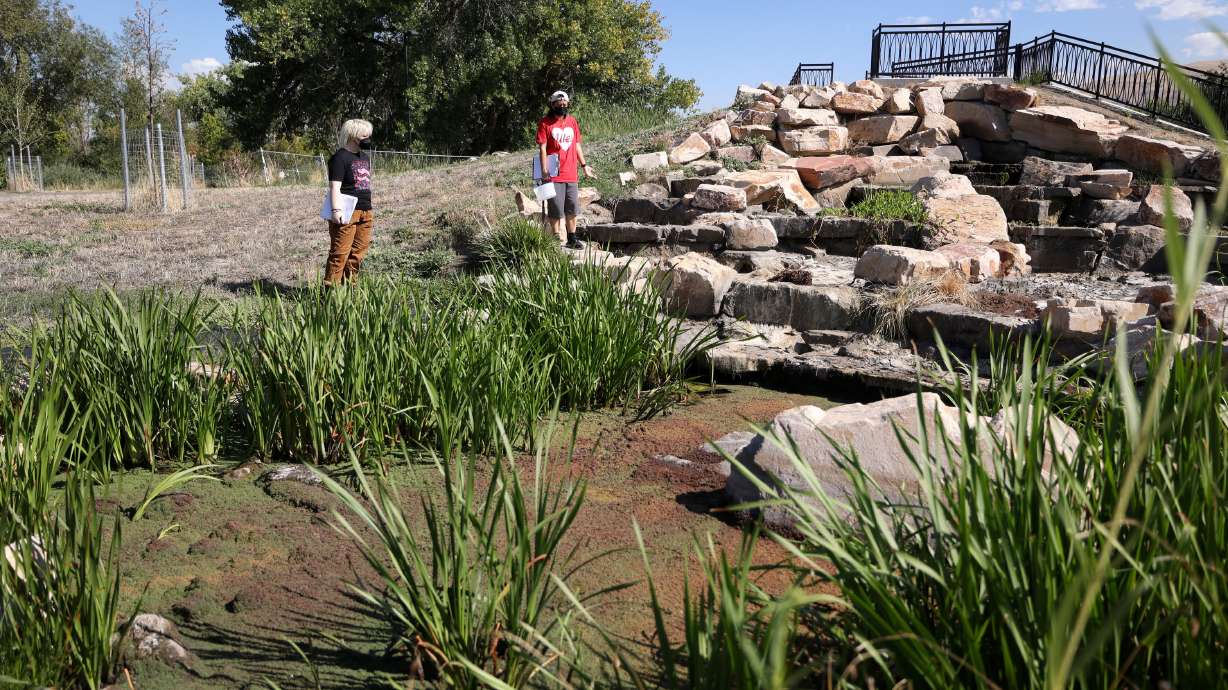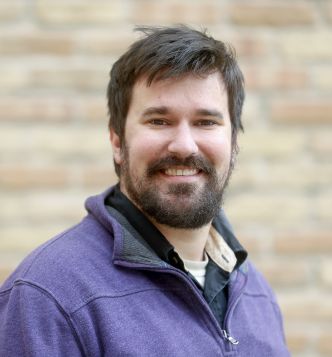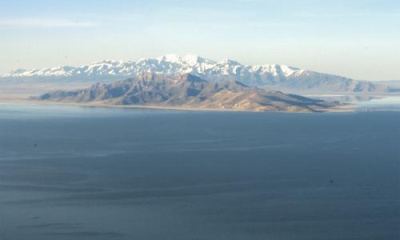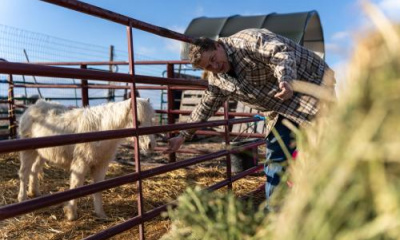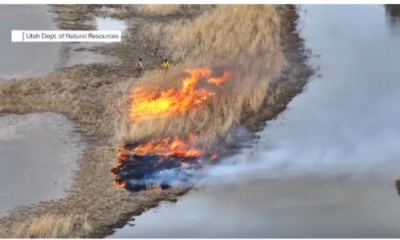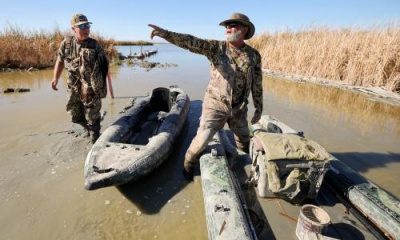SALT LAKE CITY — West Jordan Mayor Dirk Burton reflects back to his childhood as he stands a few dozen feet from the banks of the Jordan River.
There's one memory from decades ago that pops into his mind. One year, his father spent months building a fiberglass canoe in the backyard of his family's Kearns home. They decided that the Jordan River was the perfect spot to test out this homemade boat, so they cut through the overgrowth in the area and plopped the boat into the water.
It wasn't exactly smooth sailing. They had to get out of the boat and portage through obstacles in the way every so often. This was the case for years after more than a century of neglect of the Jordan River, which flows north from Utah Lake to the Great Salt Lake.
That started to change with the launch of "Blueprint Jordan River" in 2008. The document ultimately outlined projects that aimed to make the Jordan River a more desirable recreation attraction — and more navigable. It even led to the creation of the Jordan River Commission, a group of government and non-government entities that seeks to improve the river corridor, and more connecting trails along the river.
"Today, when we go to the river and look at it, we can see the fantastic changes that have taken place over the years, how much more usable it is," says Burton, who also serves as the chairman of the Jordan River Commission governing board. "If you think the past was exciting, wait to you see what the future has to bring."
The commission and other groups gathered near where the river flows in Salt Lake City's Rose Park neighborhood to reveal details of the first update to the river's blueprint since 2008. The revised document focuses more heavily on water quality and quantity this time around, including finding ways to deliver more water to the struggling Great Salt Lake.
The planning nonprofit Envision Utah, which created the original blueprint, and the Jordan River Commission began an update of the blueprint through a series of surveys in 2020, collecting input from more than 8,000 people. Nearly one-fourth of those respondents said that water quality and quantity were their top priorities for the future of the river. Another 16% said maintenance and cleaning were their top priorities.
Safety (14%), and protecting natural habitats (13%) were next in importance, while traveling to and through the parkway and recreation fell down the list of priorities, according to the survey results.
Soren Simonsen, the executive director of the commission, believes the two-decades-long "megadrought" and the record-low levels at the Great Salt Lake appear to have shifted what people want to see out of the river, which he calls a "microcosm" of the lake's struggles.
"The Jordan River is one of the major tributaries to the Great Salt Lake, so if the river is not healthy, which it's not in some ways because of diversions and water use, the lake's not healthy," he said. "What we've highlighted in this update to the Blueprint Jordan River is you can't address (the) river without looking at the entire watershed."
Chris Cline, U.S. Fish and Wildlife Service Technical Advisory Committee chairwoman, said the quality of the Jordan River has improved immensely since she moved to the Salt Lake Valley in 1983.
The river was, in her words, a "place you wanted to stay away from" nearly 40 years ago, especially because of the chemical discharges into the river from mining and smelting industries. These discharges also helped lead to the current programs with the Great Salt Lake's "toxic dust."
Cline says increased "community value" in the river since the 1980s has made the river much more desirable. Still, the Jordan River is no exception to issues that plague urban streams, says Jodi Gardberg, manager of the Utah Division of Water Quality's Watershed Protection Program. Those issues are now E. coli and programs with dissolved oxygen, which is needed to sustain aquatic life.
Drought conditions have only exacerbated these issues. The division is currently trying to find ways to educate pet owners about ways to avoid fecal matter from ending up in the water, the main factor for E. coli contamination. They're also working with various entities to "augment" flows to improve the oxygen levels in the lower Jordan River, according to Gardberg.
These, Simonsen explained, include weed management, as well as restoration and management projects in the area. Projects in the past year have even included removing a dam in the South Jordan area, which improves water flow in the river. More of these types of projects are expected in the future, all over the 3,800 square miles connected to the river's watershed.
The document lists goals to "restore and enhance" existing wetlands, develop "no-irrigation restoration practices" and diversify native and "desirable" plants, as ways to help improve the ecosystem along the river. It also seeks to improve water quality at Utah Lake and in places along the river's route where stormwater runoff dumps into it in Utah, Salt Lake and Davis counties.
Other plans call on a geomorphic assessment of the river to better understand the hydrological functions of the river, as well as developing a "hydrologic model" that improves the water's movement. This includes restoring the river's "floodplain corridor" in any areas possible.
"The flows to the lower Jordan River will improve dissolved oxygen levels but will also have the added benefit of delivering more water to the Great Salt Lake," Gardberg said.
Other components of the plan outline strategies to improve river recreation, such as improvements to parks and natural areas along the Jordan River Parkway Trail and the trail itself. It also calls on more access points to the river and ways to enjoy it, like through boardwalks that are accessible for people of all abilities.
While the first blueprint has helped improve the Jordan River, Ari Bruening, CEO at Envision Utah, points out that the revision is a new starting point. It's the beginning of an effort to improve the Jordan River and get it closer to the type of river it once was before it was damaged by human activity.
It's why he believes that the document has the potential to leave a "wonderful" legacy for future generations.
"With this vision, this Jordan River can become an even greater asset for Utah," he said. "This is a critical element for our quality of life and a key piece for our watershed. This is a ribbon of natural habitat through our urbanized area here, a flyway, as well, for many species."

